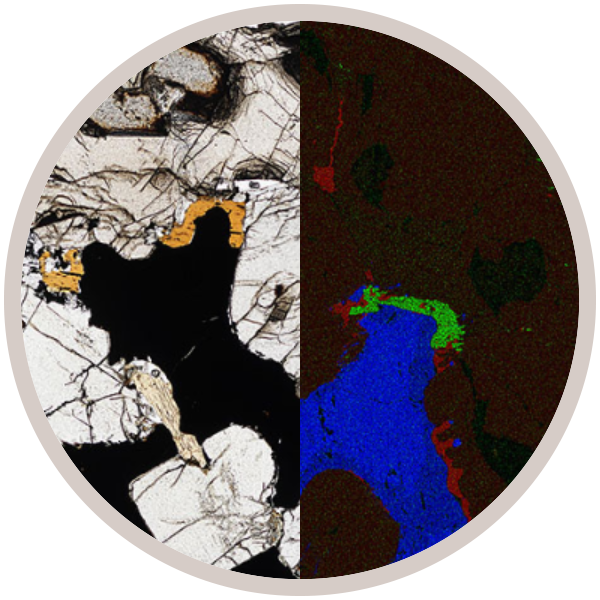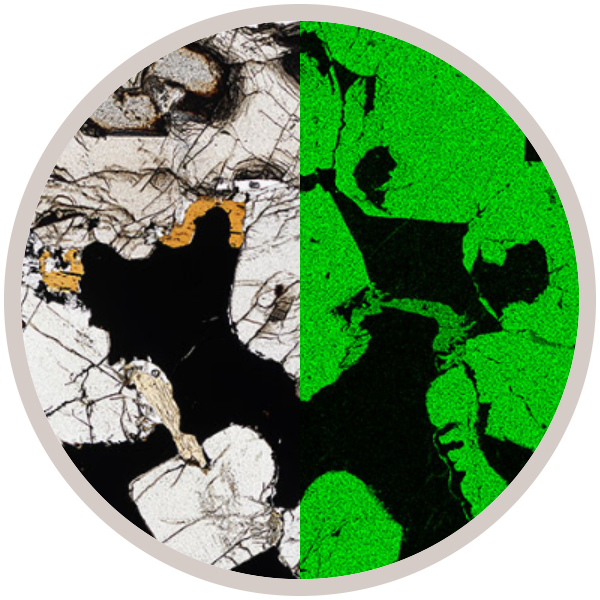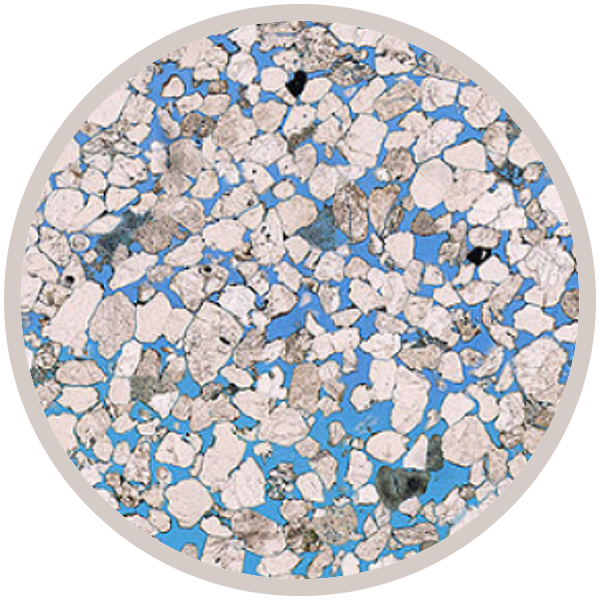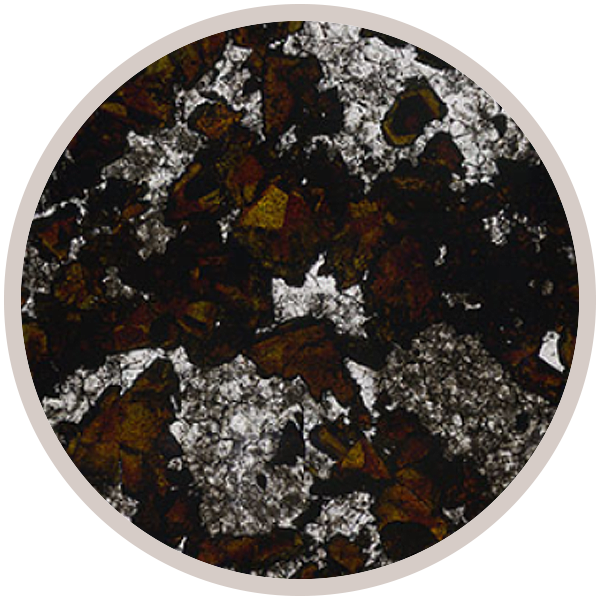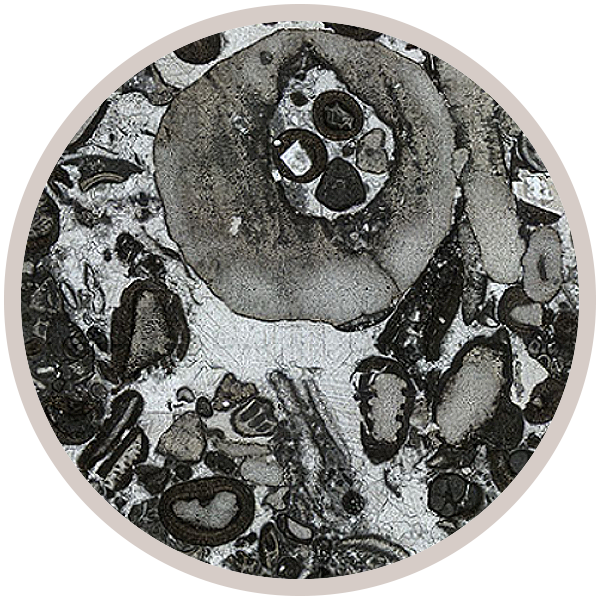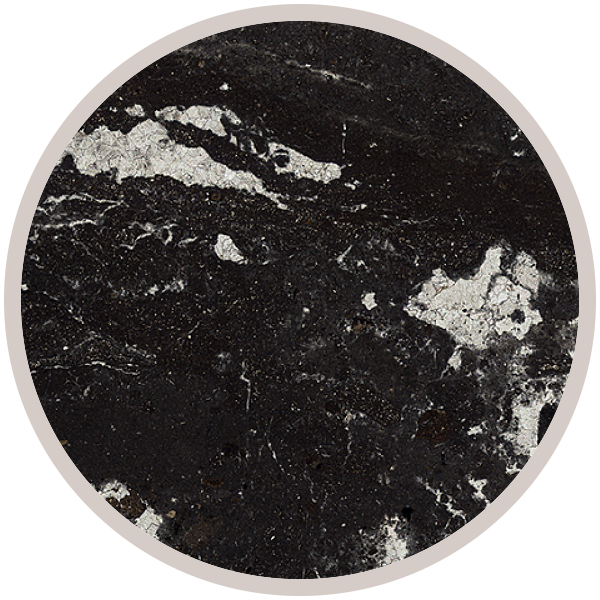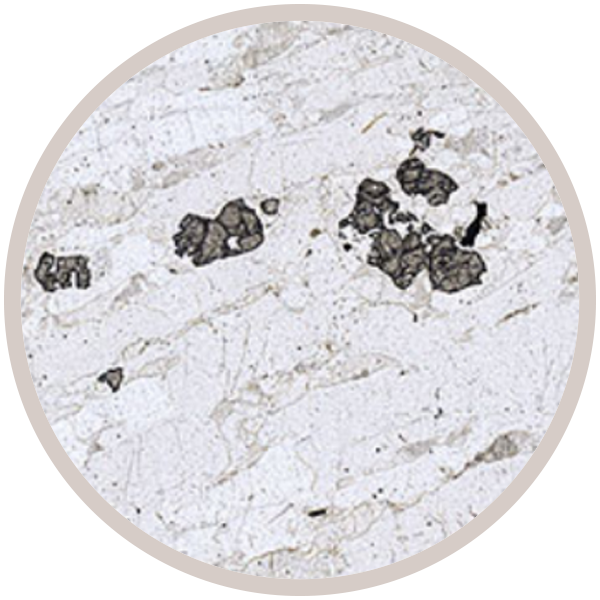
Fact sheet
This quartzite has very low water content. The minerals in it are quartz, garnet and feldspar, but no mica. The feldspar forms thin bands and tiny parallel lenses many of which are composed of mesoperthite/ The lenses are trapped in huge quartz grains. The quartz grain growth occurred after the feldspar was smeared out at a temperature >700°C, above the feldspar solvus.
A group of iCRAG members (UCC, TCD, NUIG and UCD) in partnership with The Open University have created a new collection of Irish rocks and associated learning materials for the Virtual Microscope of Earth Sciences.
The project which is entitled 'The Geoscience e-Laboratory (GeoLab): Developing Digital Teaching and Learning Resources for the Virtual Microscope' seeks to develop open access teaching resources in the form of interactive exercises and assessment rubrics for the Virtual Microscope. Find out more about the project at the GeoLab website.
The Collection was created using funding from the Faculty of Engineering, Mathematics and Science at Trinity College, Dublin, and the National Forum Teaching and Learning Enhancement Fund. One sample (Merensky Reef) showcasing x-ray element maps in addition to the usual PPL/XPL/REF images was funded by Prof. Balz Kamber's MetalIntelligence EU training network grant.

